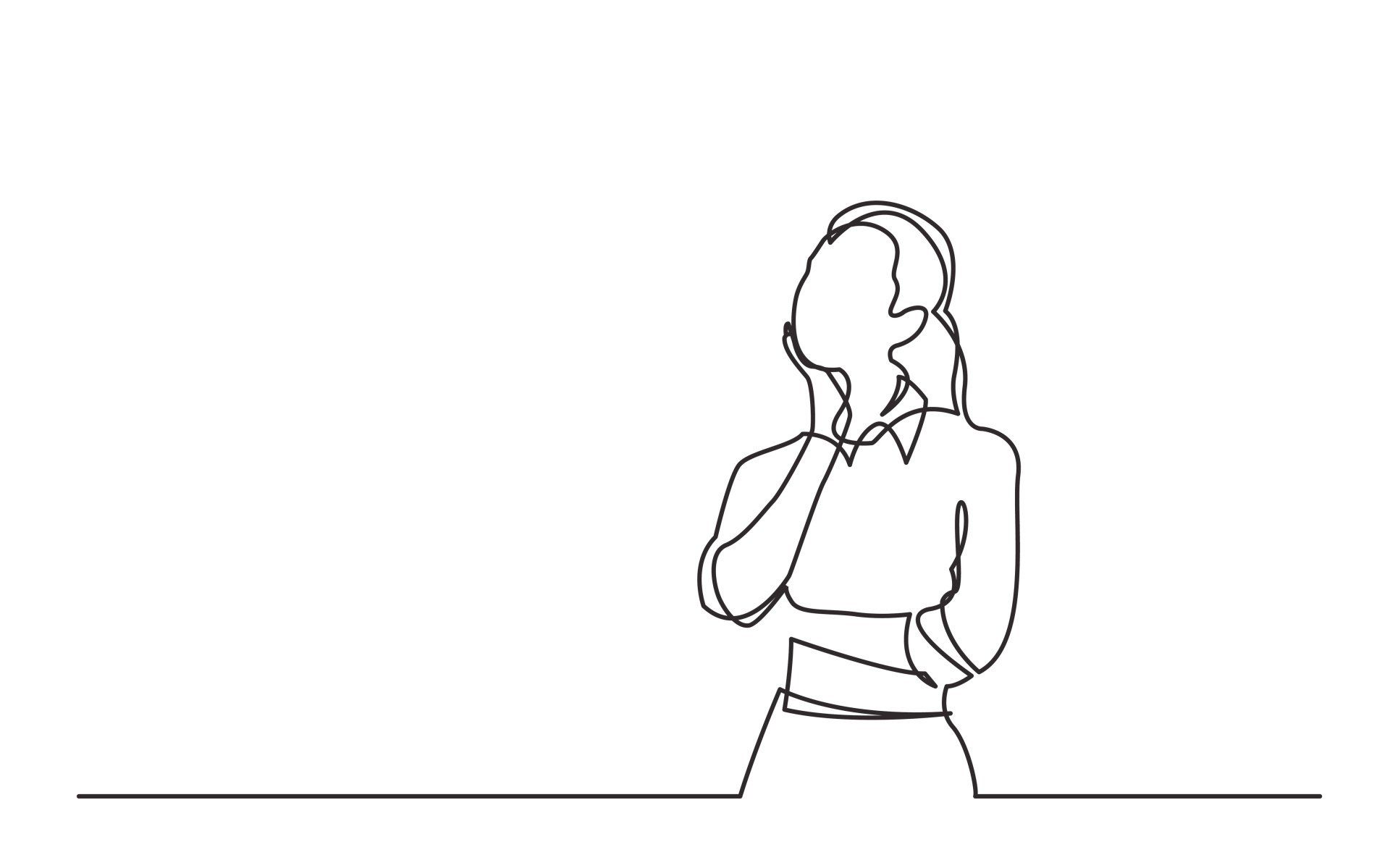Reviewing and critiquing other courses in order to enhance my own design skills

What I’ve learned over the past years is that critiquing work of others and receiving critique on your own work are two different things, both with its own challenges.
How do you invite critique and don’t get personally offended when you receive negative, or even constructively intended feedback? Especially when the feedback received is in direct contrast with what you had aimed to achieve?
And how exactly do you provide feedback that is kind, actionable, balanced, solution-focused critique? For today’s entry in this learning journal, we were asked to do just that. We were asked to pick 3 Rise example courses from the list below and review them.
Rise Examples
Maintaining a Professional Workplace at Pixomedia
The Growing Power of Social Media
It was difficult just picking 3 from the list of examples, and I have a natural curiosity in learning how other people approach design. I just couldn’t help but go through all of them. I invite you to do the same. I learned so much from this exercise, but limit myself to feeding back on three courses. I’d be interested to learn what feedback you can give on either the remaining three, or the ones I did and let me know where your ideas and experience differ from my review.
My choices
Course 1: Creating Social Change
For anyone interested (and even if you aren’t) in making a start on getting involved in social change initiative: take this course! It contains a lot of very practical information.
- Sequence of content and use of the blocks to convey information.
o The sequence of their content was very deliberate. It met and catered for the audience on several levels and it must have taken quite some considerate planning and analysis to design it.
o The content had timely links to external resources for further information on the topics and subjects that needed that.
o The tone and language used was personable, kind, engaging, and above all respectful and inclusive. It provided links and downloads to great resources to compliment the course.
- How the designer paced and assessed the learners
It is rare that I see a course effectively go so deep into explaining such a topic. The top three things that stood out to me were how:
o A logical, compelling, and pragmatic storyline and course sequence was created
o At the start, the designer gave learners a recommendation on a part that could be skipped, depending on the learner’s readiness level (on answering the call to change).
o It engaged me in a scenario, where depending on my own views it would find an opposing dialogue partner for me. Not only great practice element, but thereby also respecting and including my own personal beliefs, biases, and opinions. In other words, it advocated exactly what it was teaching the learner on how to engage in constructive dialogue.
- Noticeable visual design strategies and application of CRAP
o Other things I liked were that the images were recognizable and placed in the context of the written text. Initially, I believed it was not too much, and not too little. However, I came back after taking a break from this review and did the course again. My second review was on a day where my energy level is not as high as usual and where I believed it was balanced the first time reviewing, I struggled somewhat this time round due to the amount of text following each other.
o I took a look on what Clark and Mayer (2016) said about the use of visuals and text. I learned that the course used a lot of Decorative and Representational images, and is what I meant with the statement that they were placed in the context of the content. I believe more gain could have been had if more consideration was given to placement and type of the images used. Why?
§ Learners, whilst trying to make sense of material, digest it effectively in a variety or combination of ways. It therefore makes sense to consider how to offer the information. Images can influence the learner’s psychological engagement in a positive manner through fostering deeper cognitive processing in learners. This way, images and text work together to embed the content.
Course 2: Animal Guessing Game (Links to an external site.)
I thought this was cute. I don’t have (biological) children myself and the children I have were beyond this age when I met them. But I can see how this can be a simple and yet fun game to do with a very young audience. I got two wrong myself. I will now forever remember the sound of a duck and the sound of a goat and not mistake them for something else.
- Sequence of content and use of the blocks to convey information.
o I liked how the sequence and navigation was consistent and simple
o Not sure for how long this would hold the attention of a child, not having children myself. I believe there would have been an opportunity to group the animals so you could try certain groups more often than others if needed/wanted.
- How the designer paced and assessed the learners
o It could be tempting to get all sorts of activity based interactions in, but for the purpose of this game on the whole it was effective and right. I did wonder whether something similar could be achieved with the flashcard items, but
noticed we cannot record audio on those (yet).
o It would have been nice to see a progress bar, especially if you want to try the ones that the child got incorrectly without having to go through the entire game.
- Noticeable visual design strategies and application of CRAP
o The animal images were beautifully picked and relevant to the sounds. The contrast, the repetition of the sequence, the alignment and proximity were all there. The overall design was very clean, easy on the eye and the mind.
o I contemplated whether replacing the static images on the reveal section with moving videos with the initial played sound would
be even more fun. But, again, for what it was and said it would do I believe the images served its purpose and extra investment of
moving images probably would not be worth it.
Course 3: Food Allergy Awareness (Links to an external site.)
Another course well planned and enjoyable.
- Sequence of content and use of the blocks to convey information.
o The learning intervention provided the learner a comfortable mix of variety in interaction.
o That being said, chapter 5, 6, 7, and 11 all displayed the same interactive elements in them. It was a stark contrast to how
the earlier chapters were organized. It stood out to me because I noticed that my attention was slipping near the end of the
training. Not all 4 need adjusting, but perhaps giving two other chapters (for example 7 and 11) a different interactive element would suffice.
- How the designer paced and assessed the learners
o The knowledge check at the start. It helped determine my understanding. It gave feedback on my answer and thereby allowing me to not only already have a good understanding about my entry level on the subject, but also already have some key take-aways, before even starting on the course content.
o What I liked about the scenario was that the tone of voice was friendly and on an equal level. Not condescending, or instructional, but a relaxed engaging dialogue.
o The quiz at the end of the course built on the first quiz in the course and subsequent teachings. This time, having gone through the
training, I could answer them confidently.
- Noticeable visual design strategies and application of CRAP
o The visuals used were somewhat appropriate. They were beautiful and related to the topics/content, but I would suggest
finding more images directly related to food allergies to drive down the message. Similar as to the first course that was reviewed: Creating Social Change.
In general across all courses
- Strategies that I thought were successful
Key take-aways are that:
o Pretests are generally a good idea when you suspect learners may already have some knowledge on the topic (or think they have). I might use this kind of test in future. It is a good way of gaining the attention of your audience.
o Planning and finding all related systems to ensure you cover all required topics is essential for a quality learning experience. Before designing the course it is key to have a clear understanding who your audience is and what motivates them.
- How I could use these strategies in future projects
o The way to incorporate this into my own learning interventions is to give myself sufficient time to walk through planning. The analysis is the most important part of the intervention I think.
o While I go through courses now, I contemplate on the planning journey the designers took. For the above reviewed courses about Food Allergies and Creating Social Change, I have this movie playing in my brain of a spiderweb where all systemic aspects are being plotted while the designer works towards identifying the learning objectives and elements to include.
o In this process, thinking carefully about supporting images and audio/video is important. Text alone, or too many unrelated content will actually hamper the learning.
A lot more can possibly be said about all of these courses, but the above constitute my main take-aways. Share with me what stood out for you.
References
Clark, Ruth C., and Richard E. Mayer. E-Learning and the Science of Instruction : Proven Guidelines for Consumers and Designers of Multimedia Learning, John Wiley & Sons, Incorporated, 2016. ProQuest Ebook Central,






